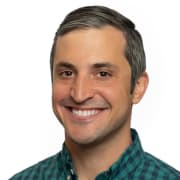Roy Halladay's Untimely Death Reminds Us of the Sadness of Losing an Icon

This is a bad photo I took of Roy Halladay. But Roy Halladay was the kind of guy who made you want to take a bad photo, just to prove you had been in the same building as him.
That photo, and its minimalist caption of just “Roy Halladay,” comes from September 12, 2013, the 414th of his 416 career games. The Phillies handed him six runs of support in the very first inning, but the Padres chased him before he could finish the fifth and collect his win. It was clear to everyone that we were watching the end. It’s the last time I saw him pitch in person.
This is a good photo of Roy Halladay.
Calm, steady and focused, despite the frenzy around him. Standing at the absolute pinnacle of his craft as he mowed down the Reds for the second postseason no-hitter in MLB history and the first in more than 50 years.
This is the way we’ll remember him.
*****
Roy Halladay pitched his first 12 seasons for a Blue Jays team that never made the playoffs, then joined a Phillies team in 2010 that was a World Series favorite. He entered a clubhouse that was already home to two former National League MVPs, more than half dozen All-Stars and a core that had made back-to-back trips to the World Series. Even on a team with such an established culture, Halladay became an immediate role model.
Chase Utley shared a story on Instagram Tuesday about that 2010 spring training, when he got to the park at 5:45 a.m. and Halladay was already drenched from completing a workout. Utley had to ask him if it had been raining. Tom Verducci’s story for SI from that same April recounts the way Halladay started arriving that early and then pushed his routine even earlier as teammates attempted to beat him to the facility.
The Humility and Ferocity of Roy Halladay
He made his mark in Toronto, and his plaque in Cooperstown will likely have a Blue Jays cap, but his greatest singular moments came in Phillies red. Philadelphia offered him the one thing he never had in Toronto, the type of big stage that only comes with a contending team. And he excelled on it.
During a Tuesday press conference at Citizens Bank Park, Cole Hamels reminisced about having a front row seat to watch Halladay through their years as teammates. The season is long and grueling, Hamels said, but you never wanted to miss an inning Halladay was pitching. Hamels’ experience mirrors my own as a season ticket holder before, during and after Halladay’s tenure in Philly. For many years the Phillies were built around hitters, and bathroom breaks or trips to the concession stands were planned so as to avoid missing at-bats from the home team. But once Halladay arrived, the line for Chickie’s & Pete’s crab fries would be longer while Rollins, Utley or Howard were batting than when Doc was on the mound.
Jim Thome’s free agent signing holds a special place in Phillies’ history. When he joined the team in 2003, as the Phillies’ young core was starting to break into the big leagues and the team was preparing to open its new ballpark, he legitimized the franchise. It set the stage for the run that would follow.
The 2010 Phillies team didn’t need any legitimizing. Three division crowns, two pennants and a championship parade down Broad Street had already done that. But when the consensus best pitcher in baseball chose to waive his no-trade clause to join the Phillies, it gave the franchise another shot of life. It also leveled the narrative that a pitcher would never choose to pitch in a home park that had been labeled such a bandbox.
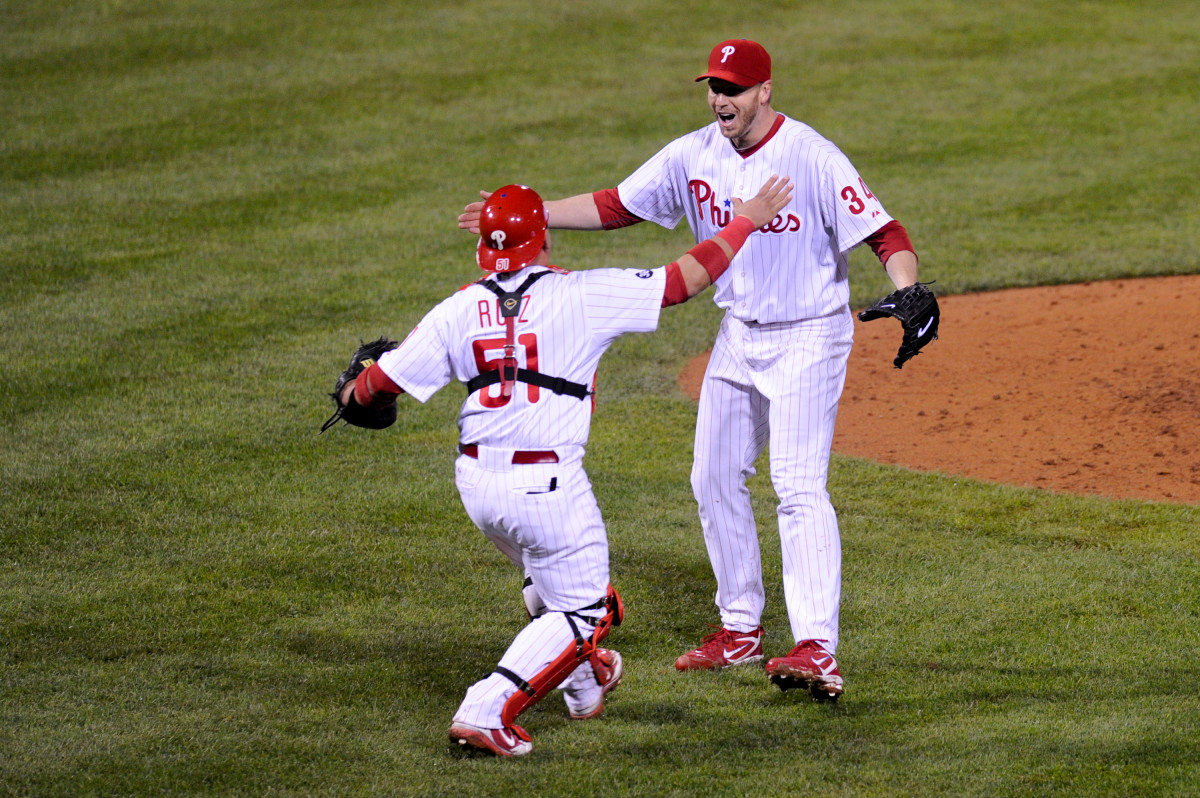
Halladay arrived and won a Cy Young in his first season in the National League. He led the league in innings, wins, complete games, shutouts, walks per nine and strikeout to walk ratio. His ERA was even better at home, just 2.21 in 18 starts. Roy Oswalt waived his no-trade clause for the Phillies that July. Cliff Lee returned to Philly as a free agent that December.
Halladay seemed otherworldly in his own era, as he racked up 2 Cy Young awards, eight all-star nods, three seasons with fewer walks than starts and a nine-year stretch comparable to Clayton Kershaw’s prime. With the way the modern game is changing, some of his accomplishments will appear alien by the time he appears on the Hall of Fame ballot in 2019. He led the league in complete games seven times—including five consecutive years from 2007–2011. He completed nine games three times over that span and never fewer than seven. No single team had more than the Indians’ seven this year, a stat that will only continue trending down.
SI's Best Photos of Late Cy-Young Winner Roy Halladay
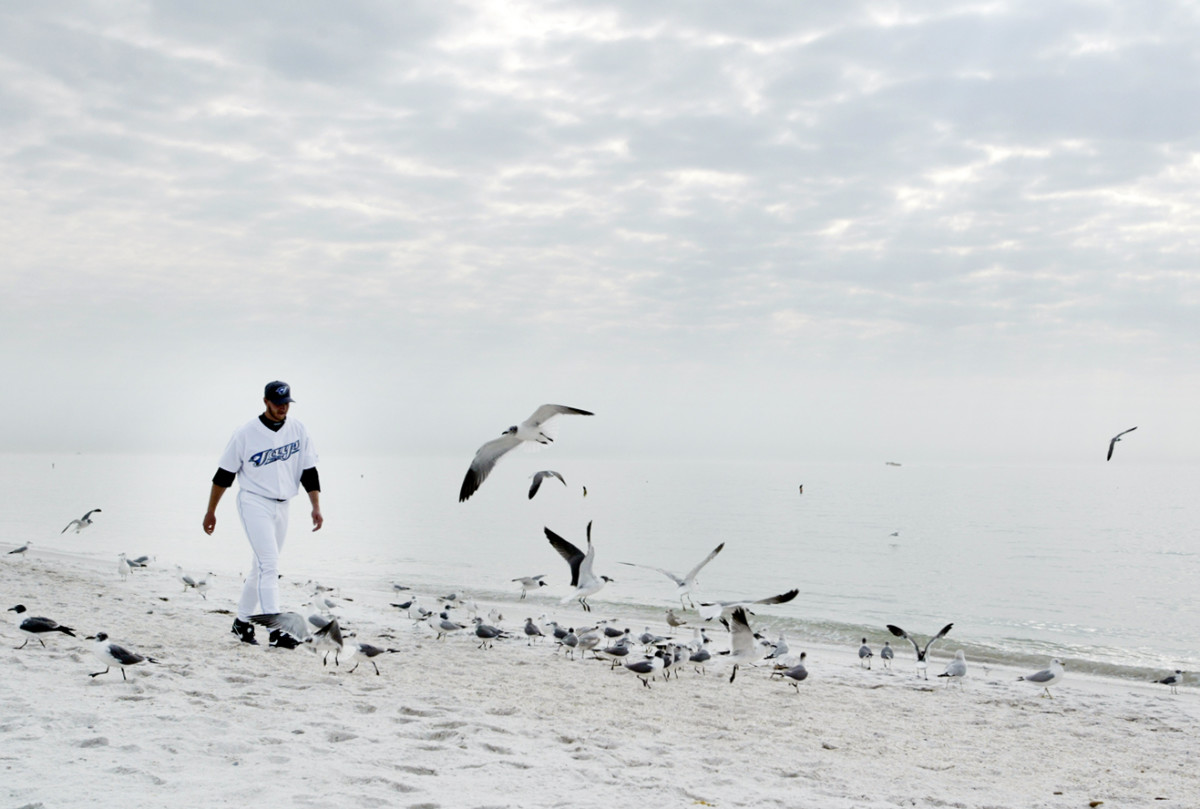
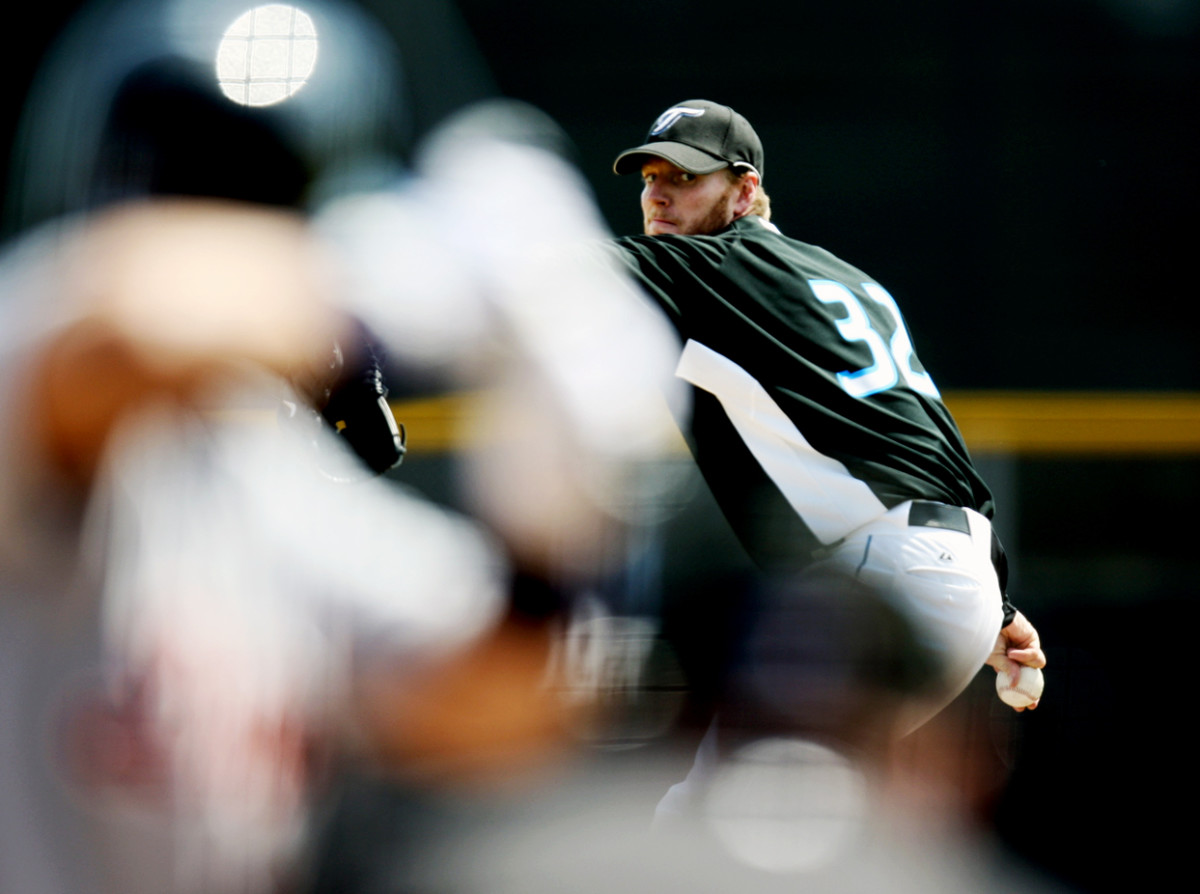
Roy Halladay was arguably the most dominant pitcher in Toronto Blue Jays history over 12 seasons with the organization.
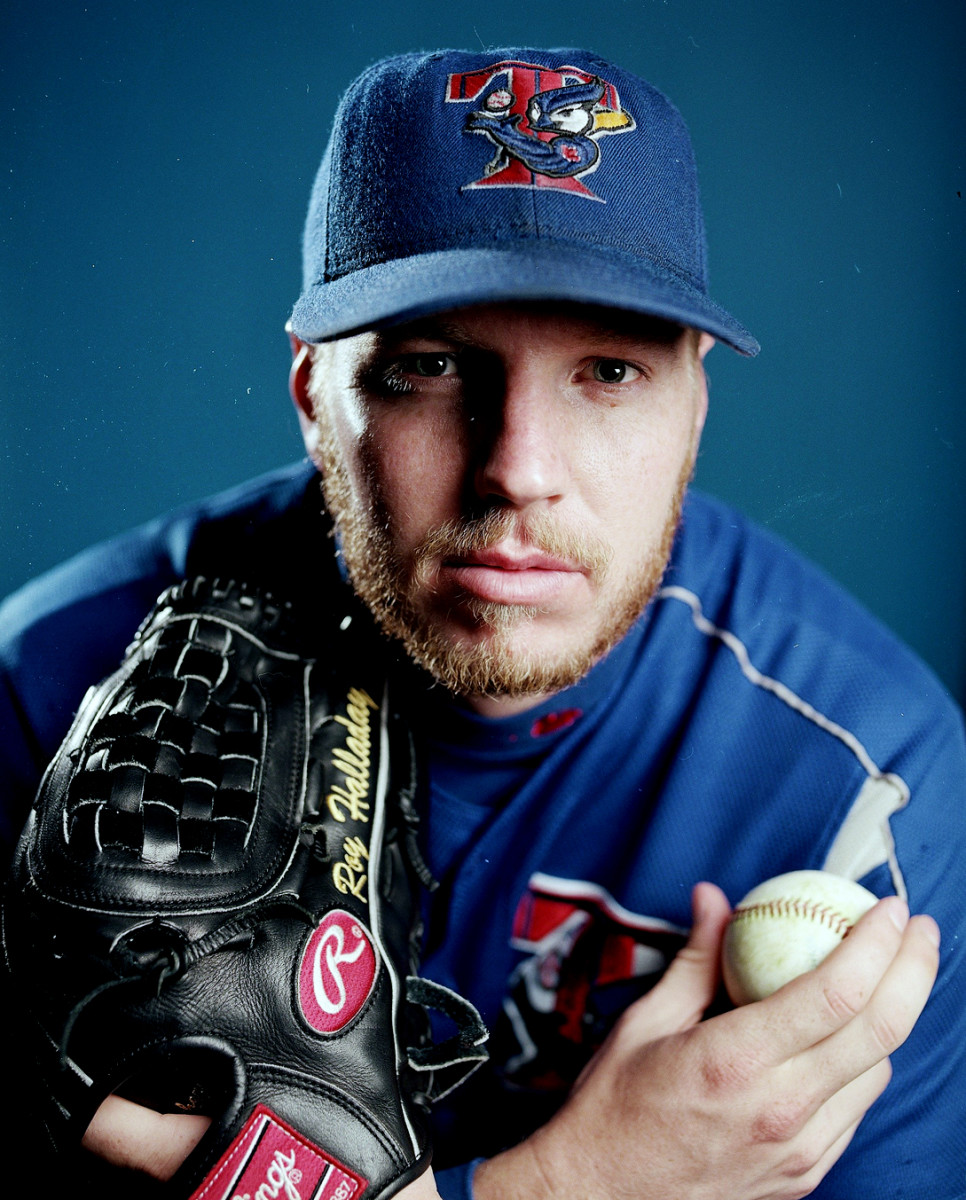
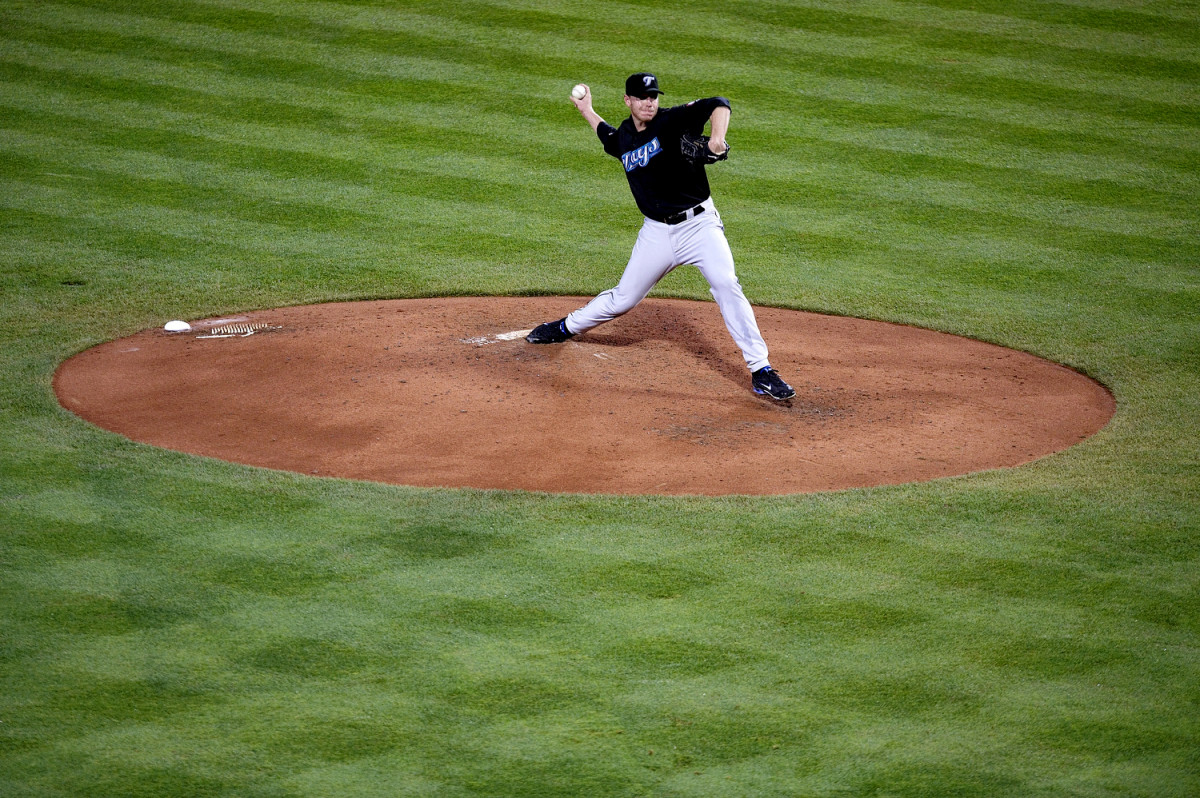
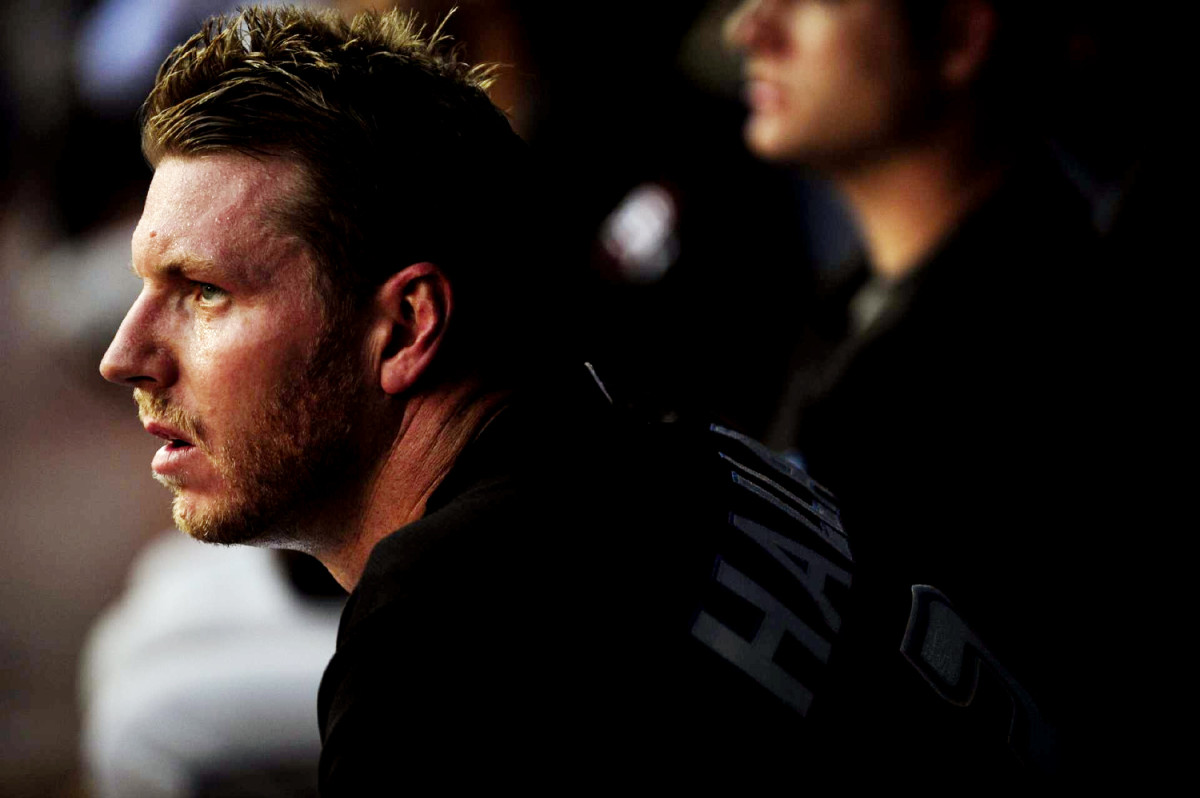
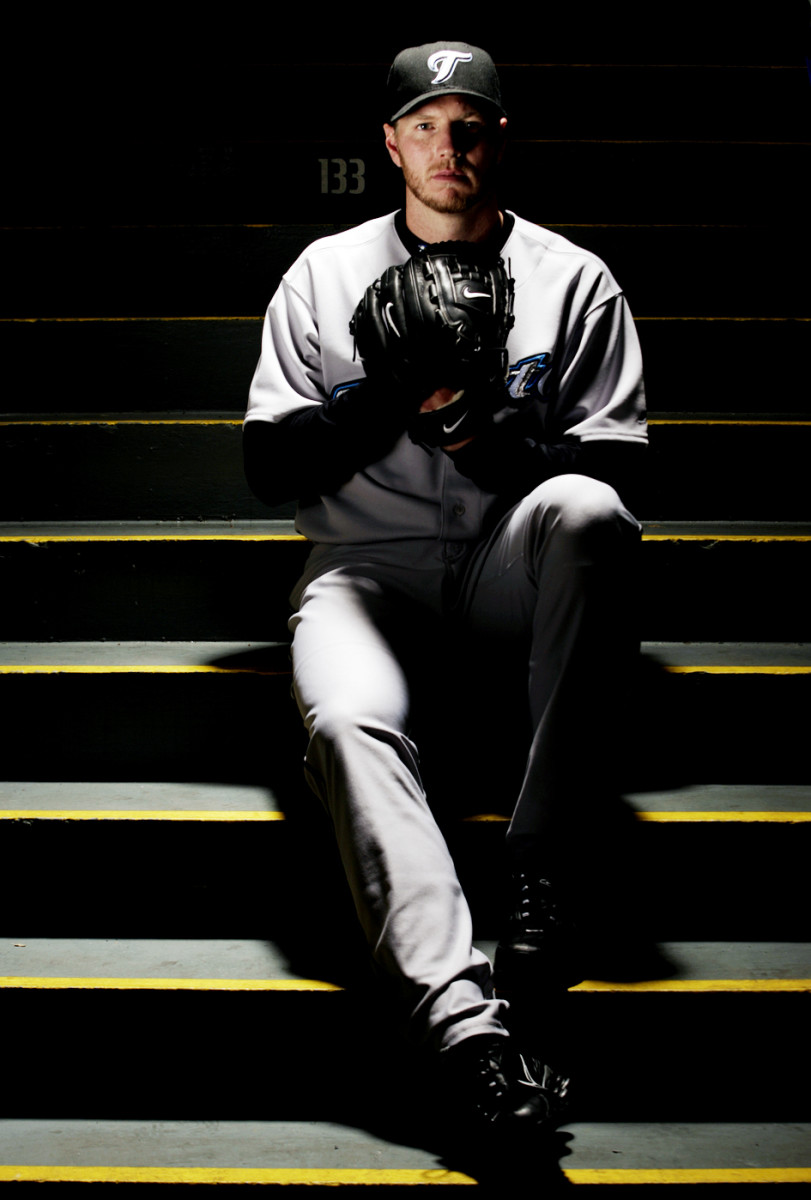
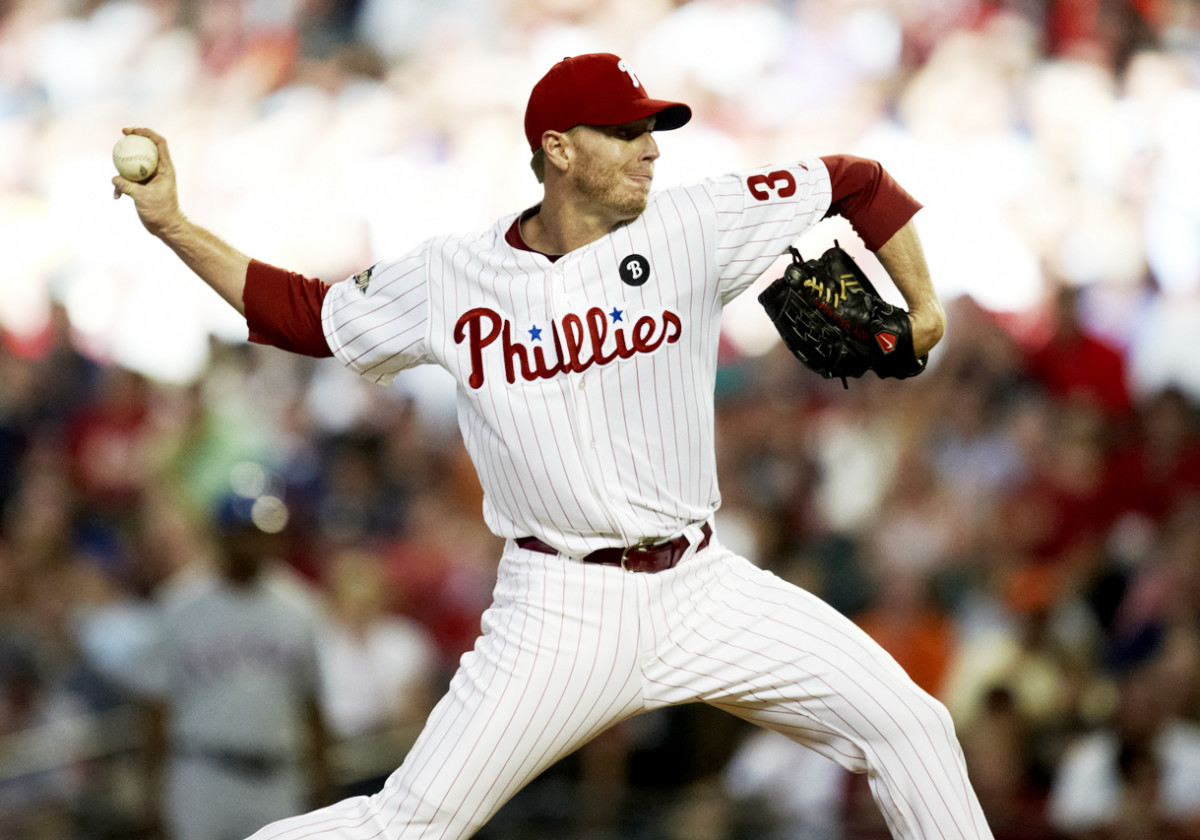
Roy Halladay was traded to the Phillies after spending 12 seasons with the Toronto Blue Jays. He'd help carry the Phillies to the playoffs in 2010 and 2011.
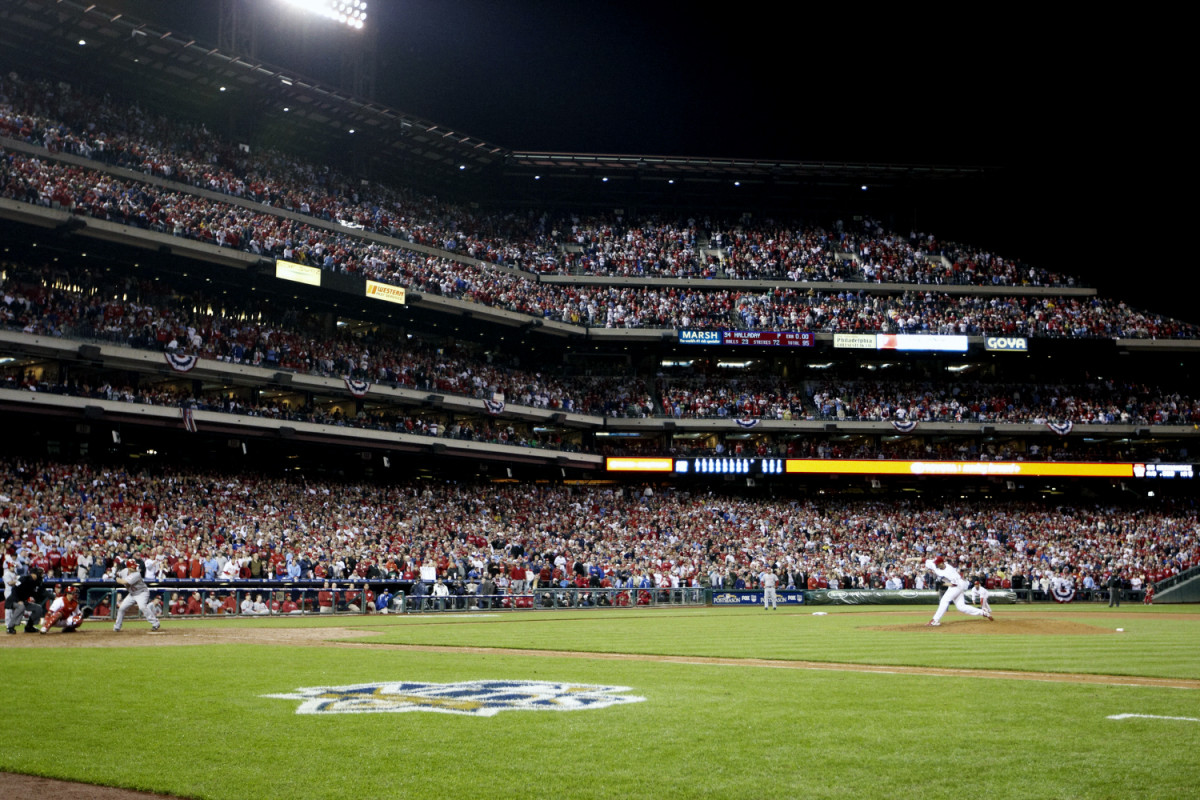
Roy Halladay threw a no-hitter in his first career playoff start when he blanked the Cincinnati Reds in 2010.
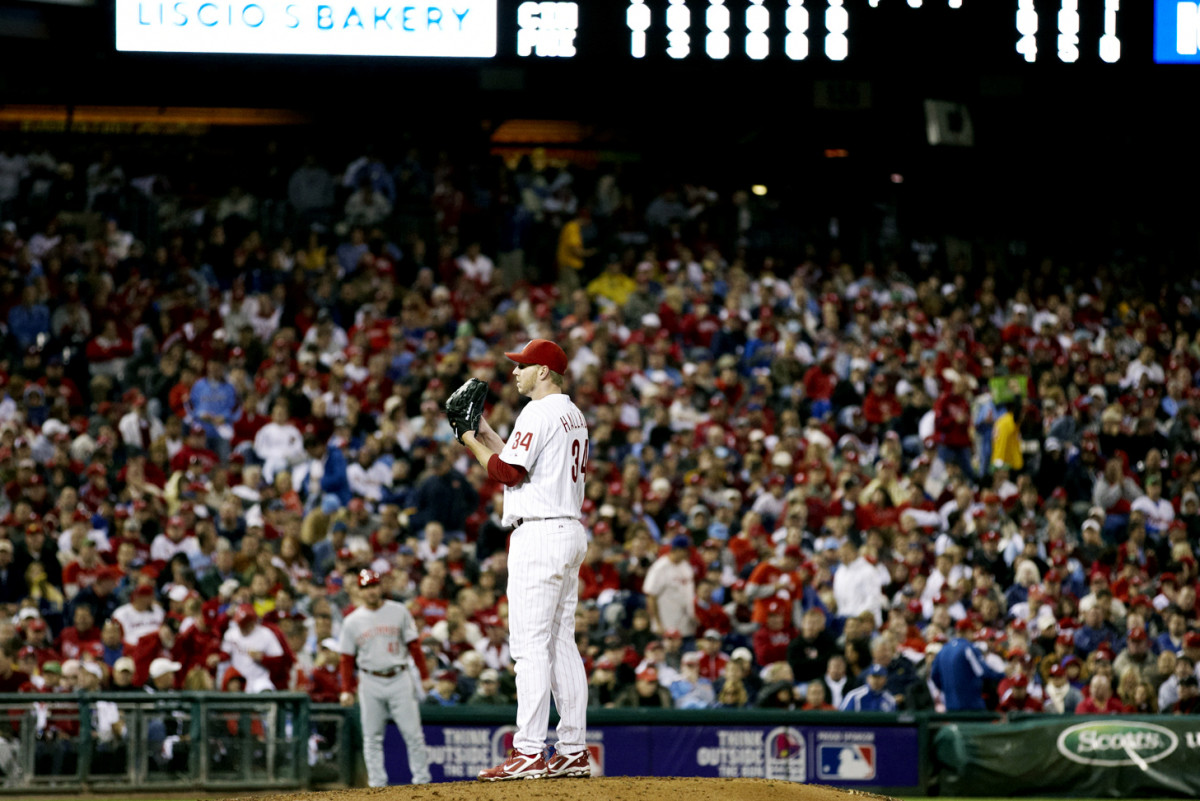
Roy Halladay prepares to deliver a pitch during his no-hitter in the 2010 National League Division Series.
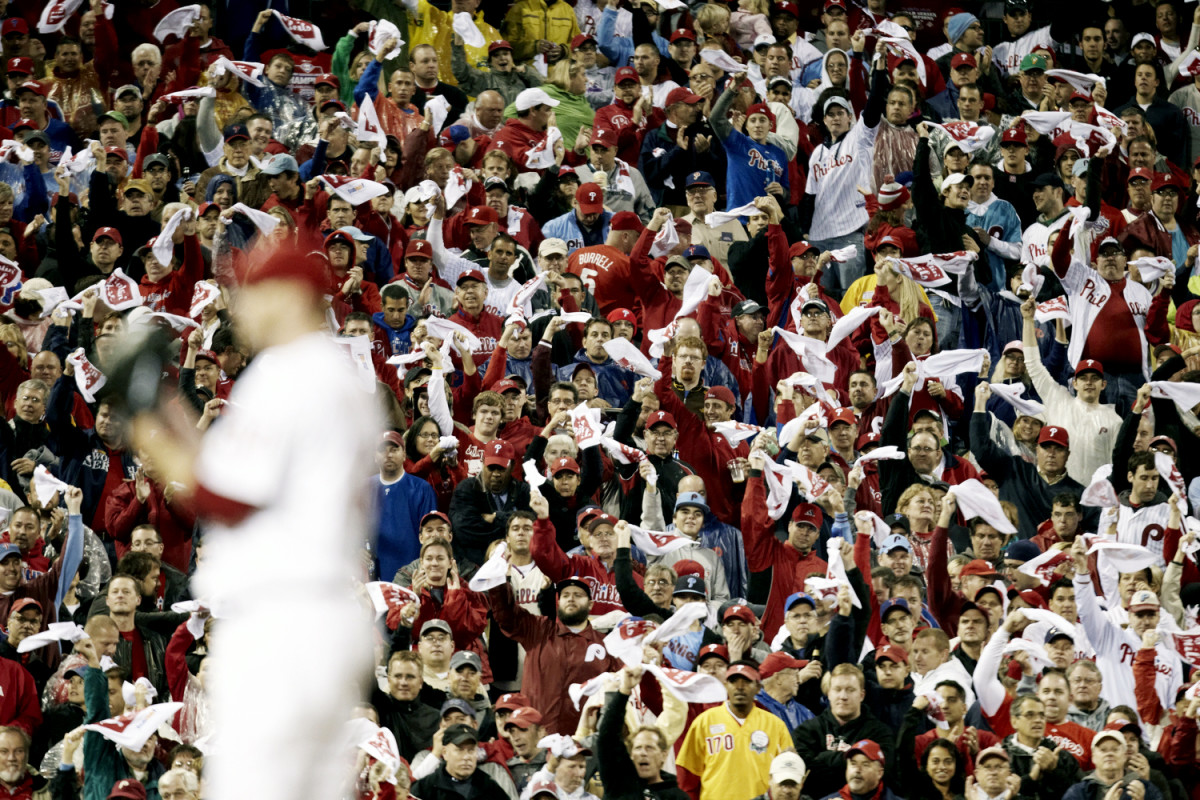
Fans cheer on Roy Halladay during his no-hitter against the Cincinnati Reds in the 2010 National League Division Series.
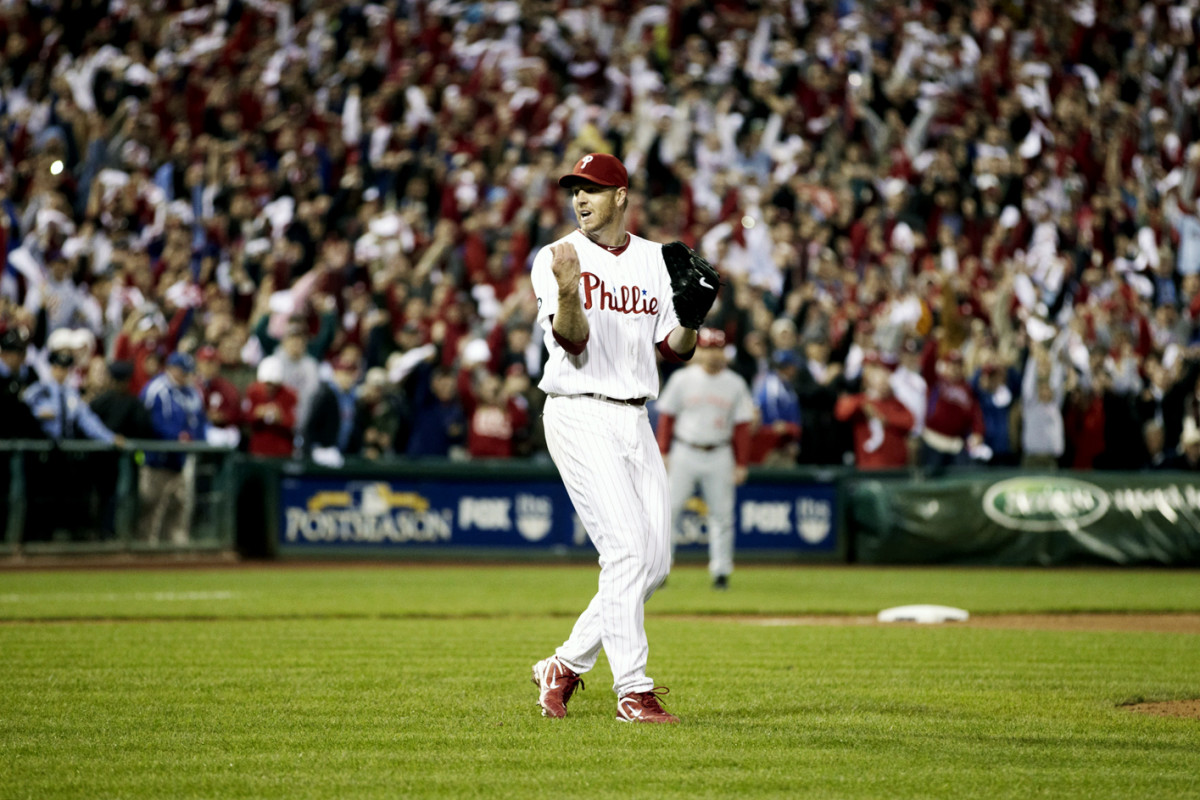
Roy Halladay celebrates during his 2010 no-hitter against the Reds in the National League Division Series.
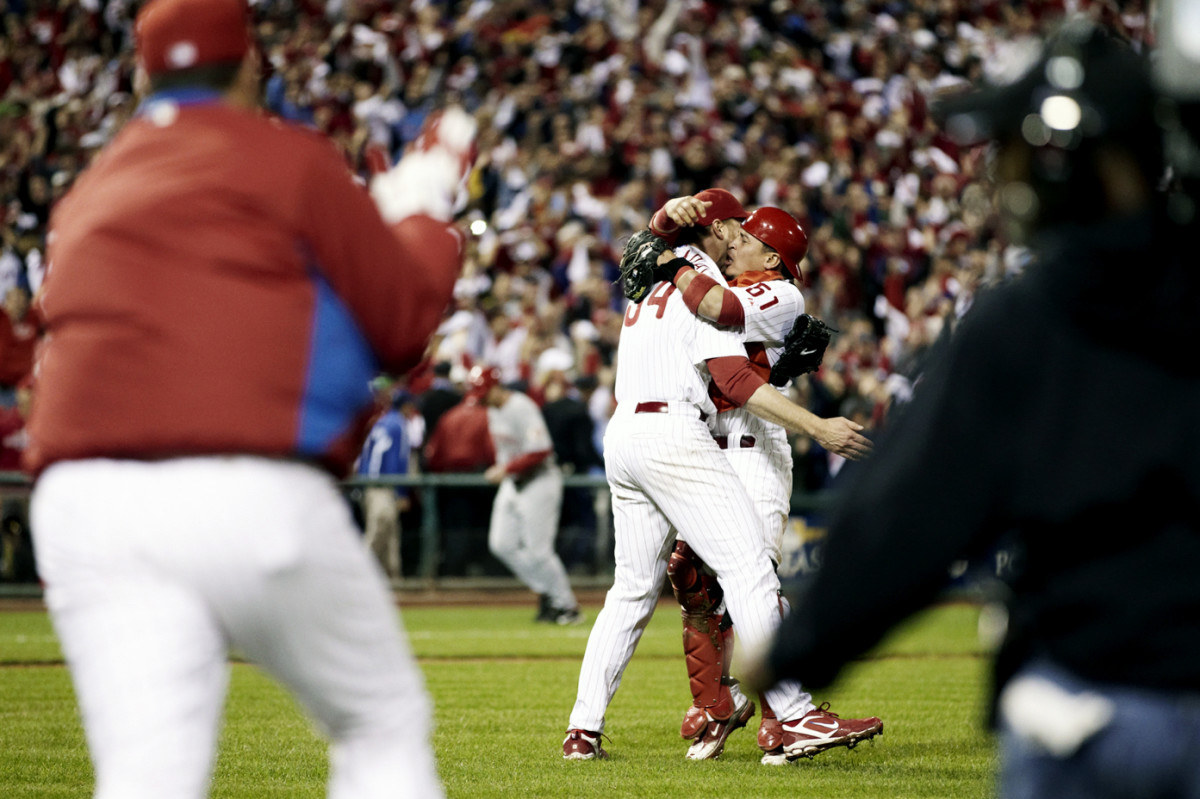
Roy Halladay's teammates mob him after he completed a no-hitter in his first career postseason start.
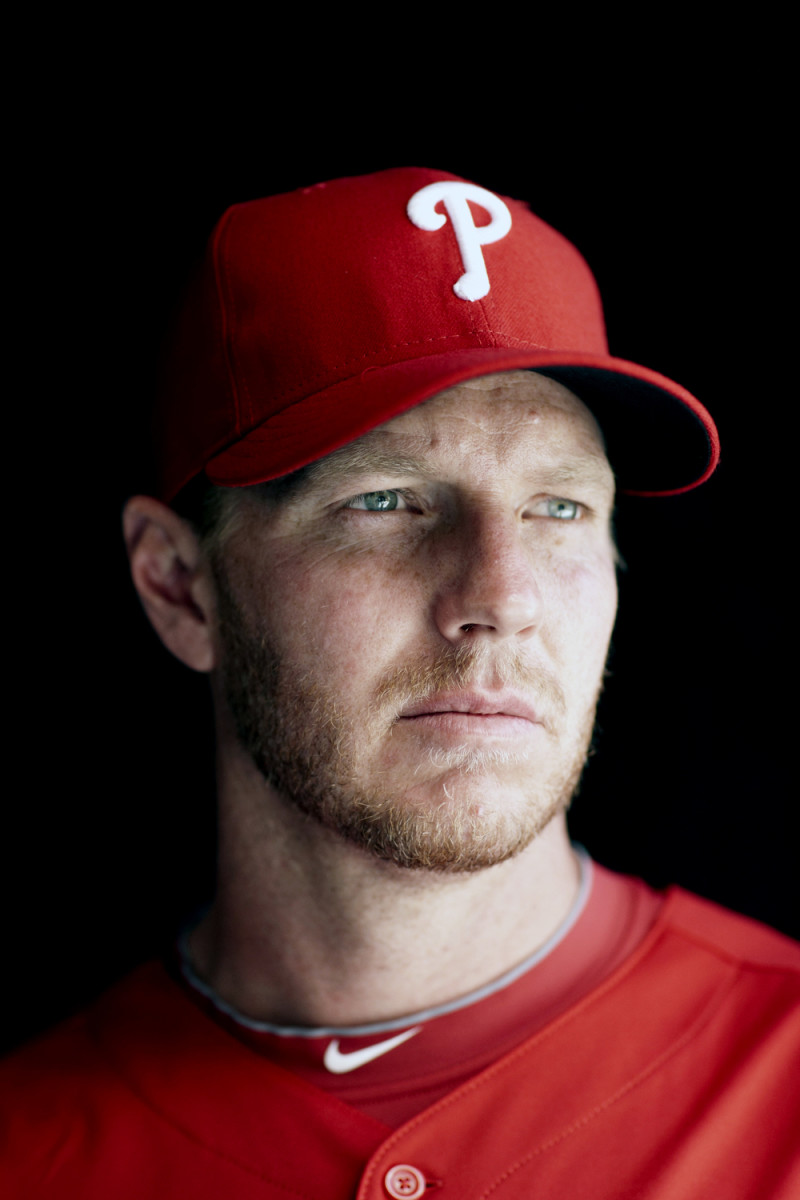
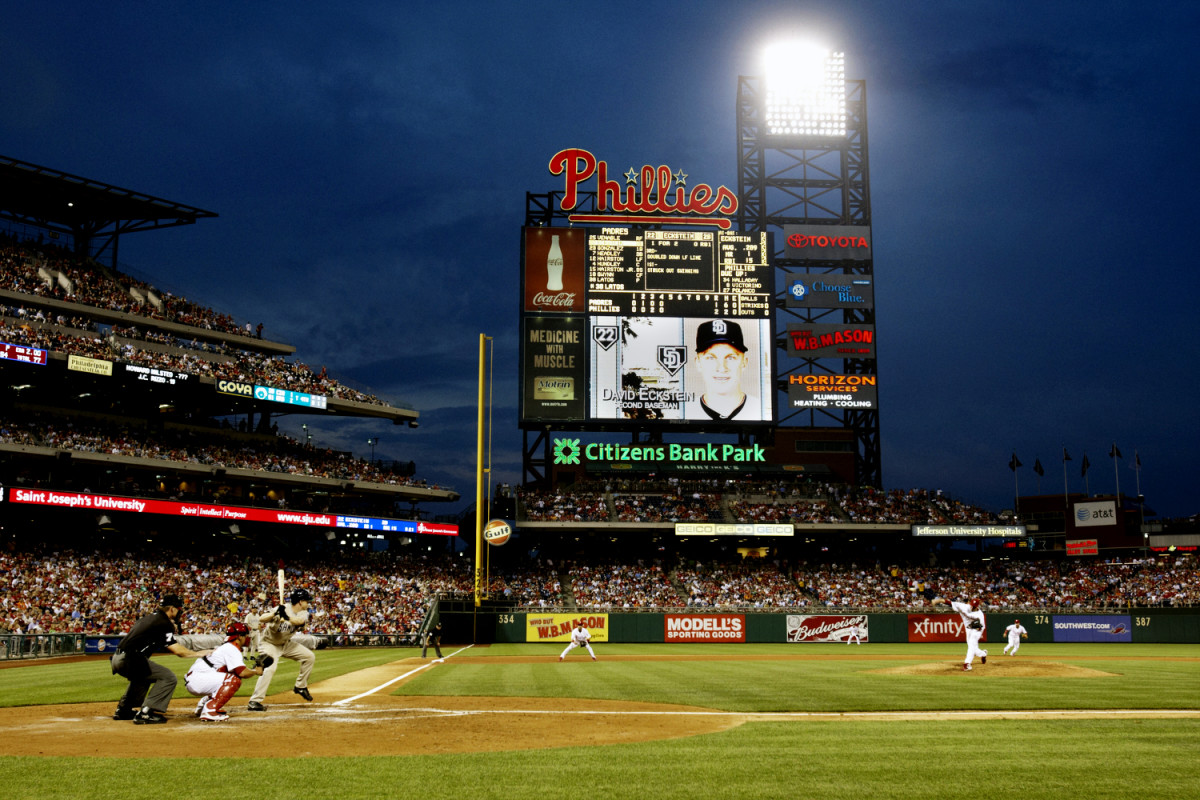
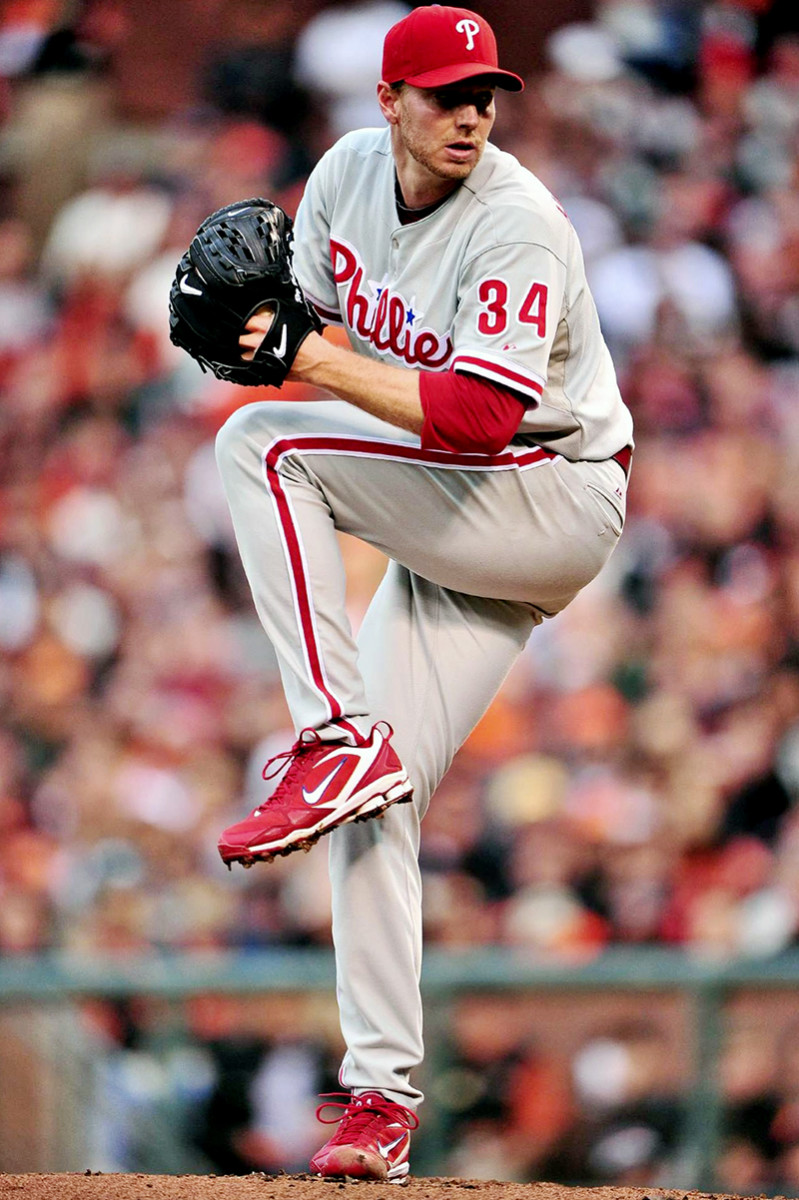
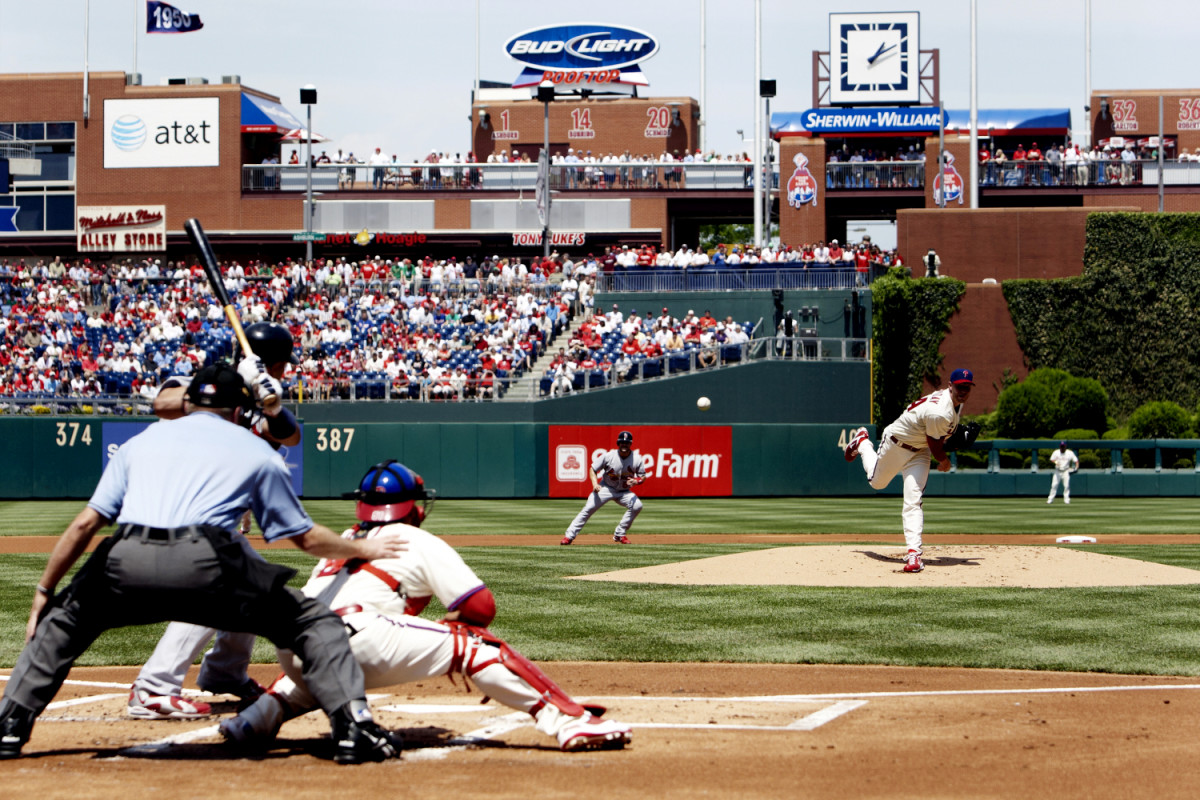
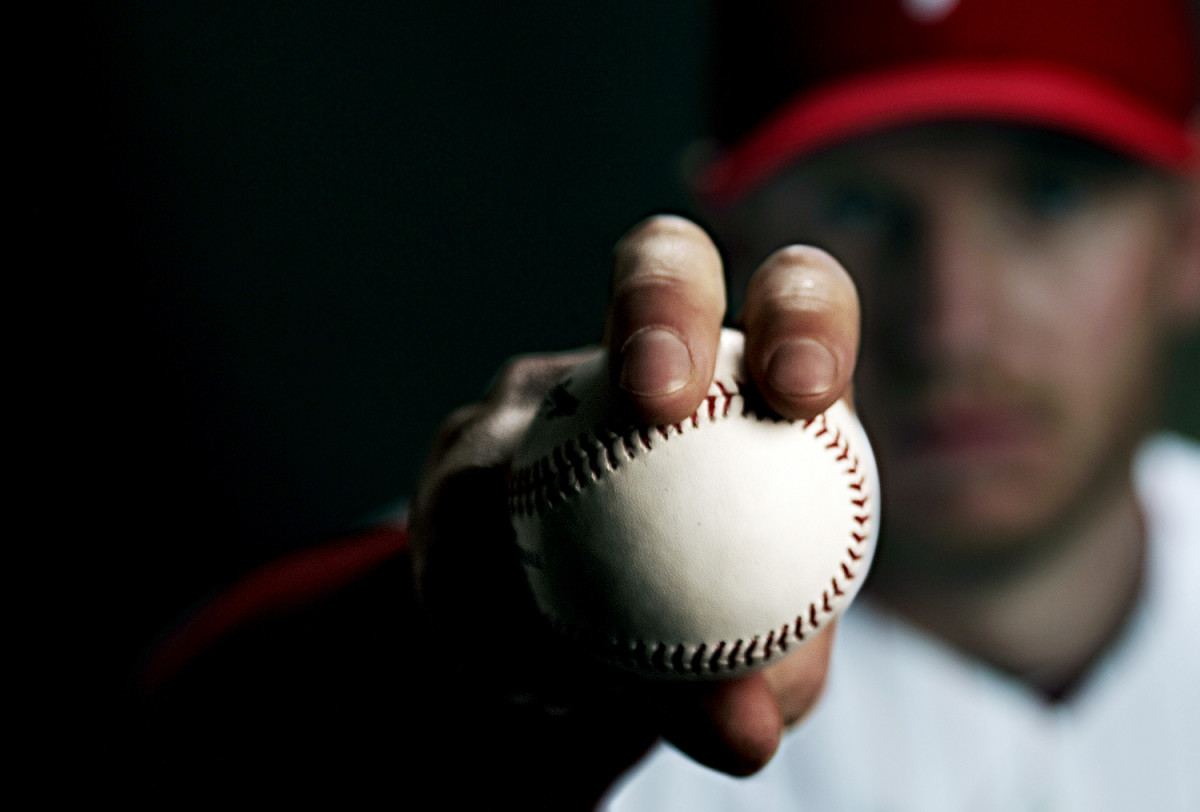
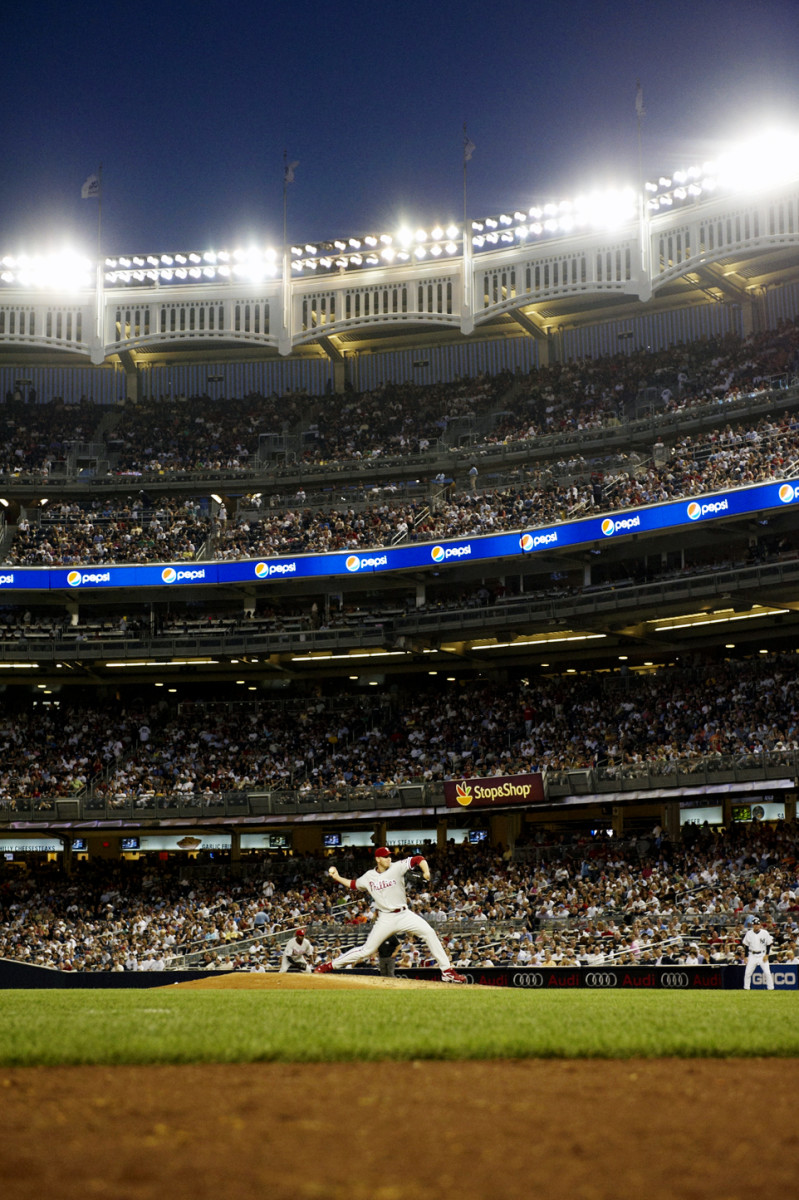
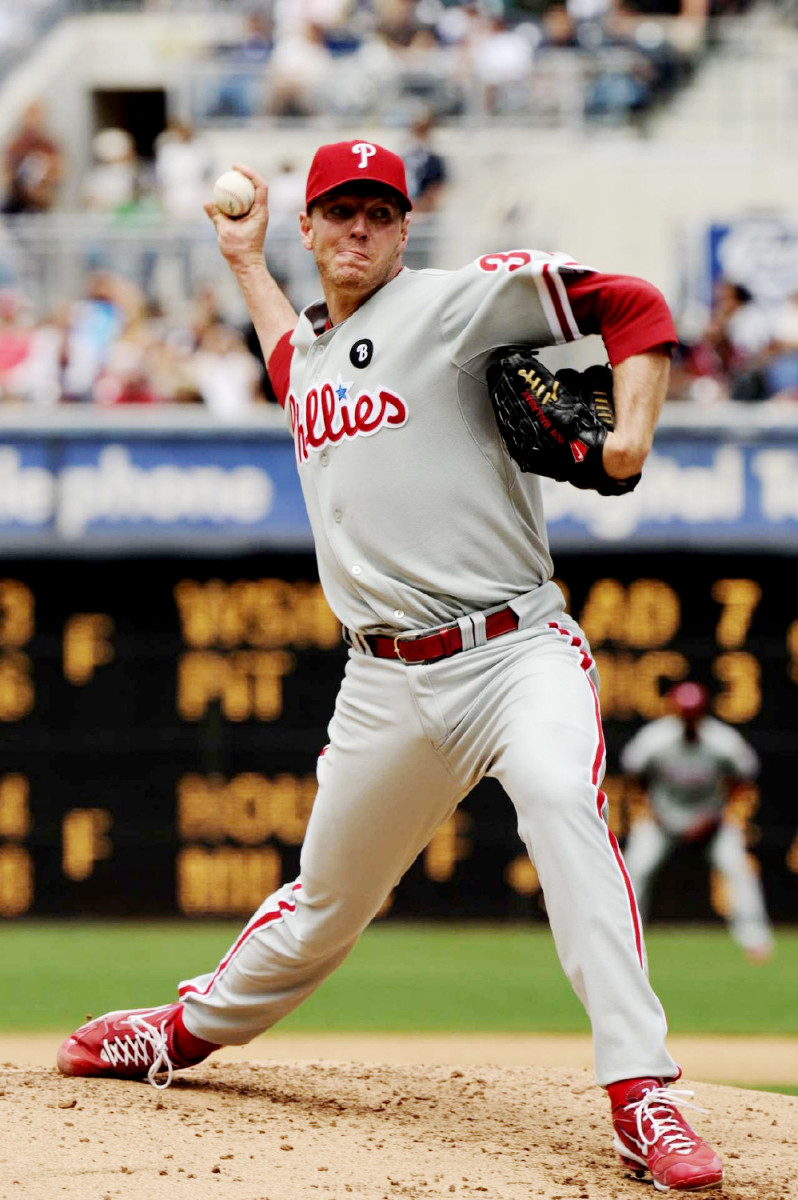
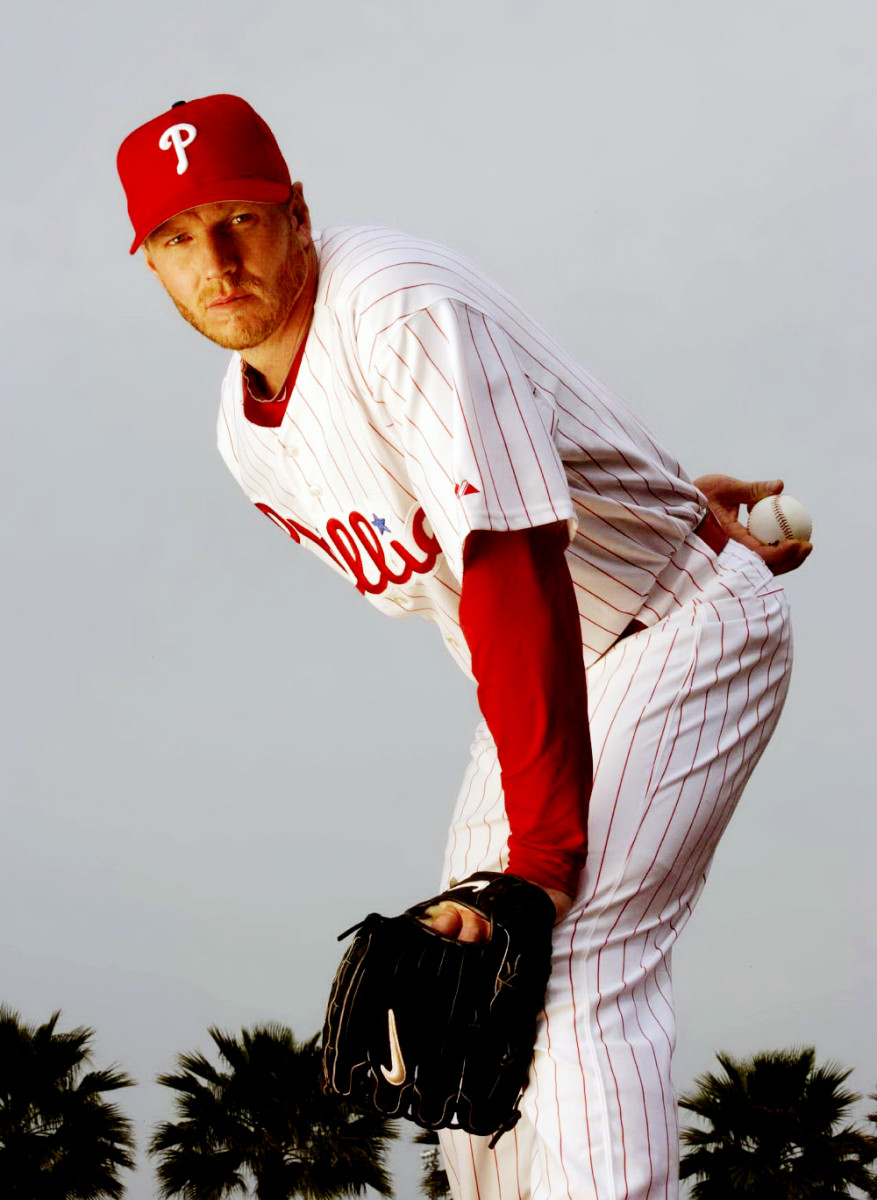
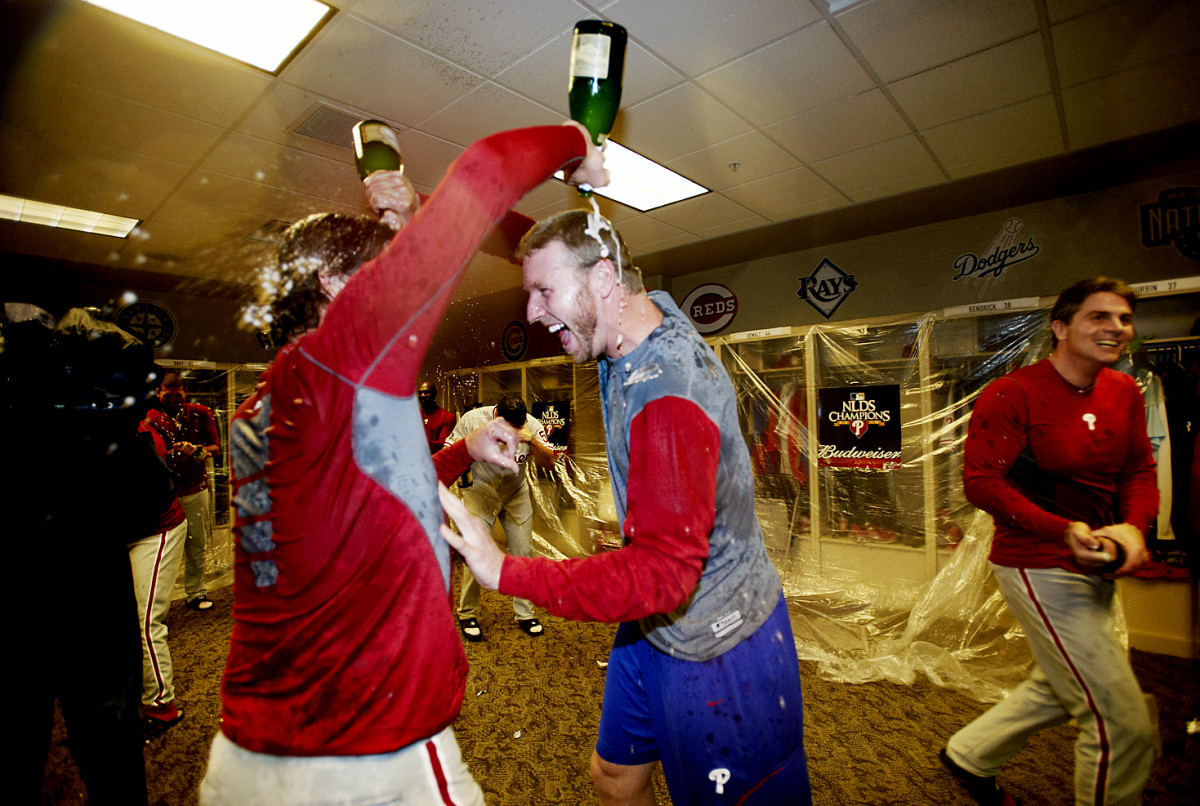
The complete games will be the stat ultimately defines Halladay. He was a man who seemingly always finished what he started until two injury-plagued seasons derailed his career.
Halladay’s decline inspired lots of the cutesy jokes about mortality that are in vogue from millennial internet writers and tweeters. “Roy Halladay’s fastball velocity is down and we’re all one day closer to the end.” That type of thing. But it was just unfathomable that the great pitching robot Roy Halladay could finally break down. Those lighthearted jokes about Father Time fell flat after the jarring news unfolded that he’d died in a plane crash off the coast of Florida.
As a baseball fan, it feels horrible that he will no longer be around to enjoy his next act as the beloved, retired ballplayer. There will be a void when he’s not present for Alumni Weekends, Wall of Fame inductions, anniversaries, his own Hall of Fame ceremony, ceremonial first pitches, fantasy camps and more. He won’t come in as a guest instructor to help mentor generations of minor leaguers. He won’t cash in on a lifetime of well-deserved free drinks.
Remembering the Five Best Moments of Roy Halladay's Incredible Career
As a human being, it is—of course—much worse that he won’t be there for his wife, kids, larger family and friends. For the birthday parties, little league games, family vacations and all the other milestones big and small.
Everyone has their favorite story about Halladay being one of the genuine good guys, and many of them were recirculated on Tuesday. Phillies chairman David Montgomery shared the story about how Halladay gave watches to every member of the organization after his perfect game—with Montgomery even chuckling over the idea that he got one. There was the time he wouldn’t conduct a “Four Aces” press conference with Hamels, Lee and Oswalt unless they also included Joe Blanton. There was the still hilarious MLB 2k11 commercial about his perfect game and the importance of catcher Carlos Ruiz. There was the ESPN reporter who put Halladay on the phone with his son after the no-hitter. There was the very famous trip to the zoo. There was the time he called a press conference to apologize to fans for an injury. There were community organizations sending their regards.
Roy Halladay worked as hard as anybody, famously falling from the majors back down to the minor leagues and using those early career struggles as motivation to claw his way all the back to the top. Along the way he made a lot of money and earned the right to live whatever lifestyle, with whatever hobbies he chose. He is beloved in several cities and revered in many others. In death he has once again become the subject of many glowing profiles, but each lined with the tinge of sadness. These were meant to eventually be read as celebrations someday, not eulogies shortly after his 40th birthday.
It is tremendously sad that Halladay will be remembered in such a large part for the way that he died, because each of us could learn so much from the way that he lived.
